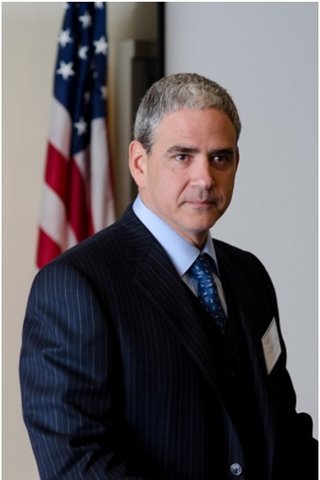Steward Health Care is branching out beyond Massachusetts for the first time, with plans to acquire eight different hospitals in Ohio, Pennsylvania and Florida.
Steward will acquire all eight hospitals from Community Health System (NYSE: CYH), moving approximately 7,000 employees from the national, publicly-traded company to the for-profit Massachusetts-based system.
Financial terms of the deal, which is expected to close in April or May, were not disclosed.
“The thing that attracted us is we want to come in and create value,” Steward Chairman and CEO Ralph de la Torre, told the Business Journal in an interview. “We create an integrated experience for patients and health delivery system.”
The hospitals include three hospitals in Ohio — Northside Medical Center in Youngstown, Trumbull Memorial Hospital in Warren, Hillside Rehabilitation Hospital in Warren, two in Pennsylvania — Sharon Regional Health System in Sharon, Easton Hospital in Easton, and three in Florida — Wuesthoff Medical Center in Melbourne, Wuesthoff Medical Center in Rockledge and Sebastian River Medical Center in Sebastian.
De la Torre said the hospitals were already feeling pressured from health insurers to care for managed care patients, those whose expenses are capped annually. Steward is hoping to create a broader system of care to help manage those patients profitably.
Steward will start with acquisitions of the hospitals, and eventually move to acquire outpatient and post-acute care facilities to round out the system, De la Torre said.
“That’s what we did in Massachusetts,” he said. “You start with the hospitals, build out the physician group the outpatient side. You start with the core and that’s usually the easiest core to start with.”
Unlike its acquisitions in Massachusetts, all of which were nonprofit hospitals, the new targets are all for-profit institutions.
As for regulatory issues, de la Torre said there shouldn’t be any large over-arching issues or anti-trust concerns, and that the biggest hurdle will be state licensing issues.
De la Torre said he didn’t expect there to be layoffs as a result of the acquisition, though the health system will be hiring more people in both Massachusetts and each state to help oversee the operations.
Though this is only the beginning of a national expansion for Steward. In September, Steward announced that it would expand nationally thanks to a $50 million investment from Medical Properties Trust (NYSE: MPW) — as well as from money Steward made selling its real estate to the Alabama-based real estate trust for $1.2 billion.
Yet de la Torre said the health system isn’t likely to announce expansion in other states in the coming weeks.
“Right now, we’re focused on making this work,” de la Torre said. “Success breeds success if you’re successful. We want to be successful here and give these patients our undivided attention but we’re looking at other opportunities as they come across and are weighing them all the time. Are we looking immediately to grow? No. Are we expecting to? Sure.”
Steward was created in 2010 out of the acquisition of Caritas Christi. Owned by private investment firm Cerberus Capital Management, the system is one of the largest by number of acute care hospitals, tied with Partners HealthCare’s eight acute care hospitals. Steward also owns an acute care rehabilitation hospital, New England Sinai.
Though Cerberus acquired a total of 11 hospitals for the Steward network, it has since closed Quincy Medical Center and merged Merrimack Valley with Holy Family Hospital in August 2014.
Nearly all of the remaining hospitals finally became profitable for the first time in 2015, with Steward posting an operating profit of $131 million in 2015. That compares to a $75 million operating loss in 2014.


